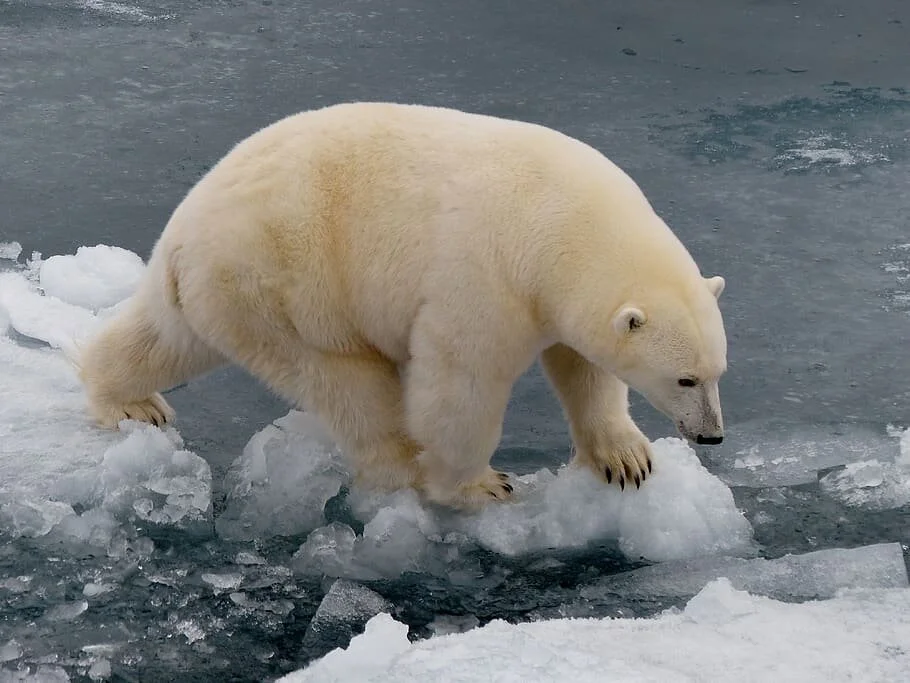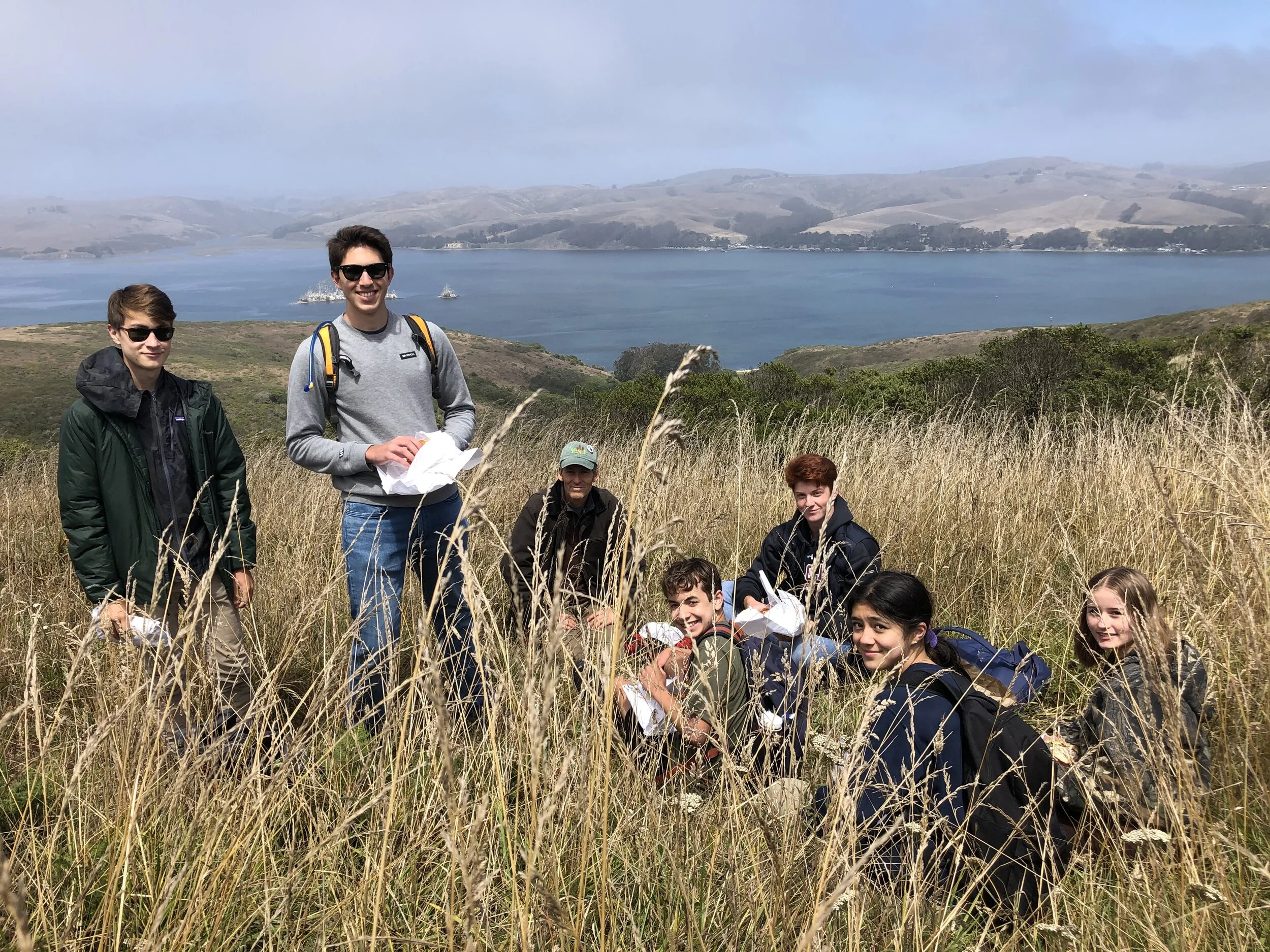In this internship, I have learned a lot about how innovative strategies in habitat management are necessary in a climate-changed world. To keep pace with today’s threats to forests, habitat management work must focus on increasing biodiversity and restoring and maintaining the soil moisture and health necessary for plants and ecosystems to thrive.
Read MoreClimate change is rapidly becoming one of the foremost issues of the 21st century. Already, it has caused floods and fires of intensities not seen in thousands of years. This isn’t my opinion—it’s a fact, and one supported by the scientific community as a whole. In fact, out of all the peer-reviewed papers on climate change and global warming, not one argues against it.
Read MoreIf the Colorado River were to drop by 10 percent, there would be a water fight in the Southwest U.S. This water fight could lead to millions of people losing drinking water. Without drinking water, people will be uprooted from their homes to find new ones with drinking water, or drinking water will be rerouted from other places, leading to decreases in drinking water over there. A decrease in the amount of water in the Colorado River can also limit the output of electricity from the Hoover Dam. The Hoover Dam supplies the electricity of people from California, Nevada, and Arizona. It’s one of the largest energy sources and produces “about 4.3 billion kilowatt-hours of hydroelectric power each year…enough to serve 1.3 million people” (USBR).
Read MoreAs an intern for WELLKIND Forestry, I am just beginning to understand the processes that are causes and effects of a changing climate. In terms of the environment, today’s world is unlike anything we have ever seen. We know the change is real, but many of us misunderstand the exact changes. Scientists and conservationists alike often have the answers: many only require that the solutions be illustrated, so all can take part. Taking steps to stop climate change may seem a daunting task, and small steps may seem infinitesimal on the world stage. Yet although restoring entire systems may seem impossible, I have recently learned that increasing biodiversity can actually yield a healthy, self-sustaining environment on a global scale.
Read MoreCompanies do not want to lose investors, including those from the fossil fuel industry. So media outlets give both sides—climate deniers and climate believers—equal say. What this means is that climate change, a claim supported by 100 percent of scientists, is now on par with the baseless ideas of climate deniers. The media creates a false balance portraying each side of the issue as equal, when science, reason, and all plausible evidence beg to differ.
Read MoreTo build a social movement large enough to drastically lower CO2 emissions in the next decade, we need to share the realities of climate change with those still skeptical that global warming is even a problem. This blog lays out some rock-solid proofs that climate change is real and we are doing it. Please share it with friends and family!
Read MoreWe are excited to announce an upcoming panel on green careers. On Monday, August 9, from noon to 1:30 PM, a team of leaders in environmental science, industry and activism will give advice on how to succeed in new and exciting eco-friendly industries like soil science and regenerative agriculture.
This year, WELLKIND launched an innovative Forestry Program that promotes forest health, resilience, and biodiversity. As part of these initiatives, we are providing education and training in habitat management to high school students ages 16-18.
The internship program offers academic and vocational training in forestry policy, practices and science, as well as environmental communications. In this way, we prepare high school students to be the next generation of green professionals and environmental stewards.
State and federal forest agencies believe that thinning, the practice of culling trees, is the solution for the wildfires that have devastated the Western United States. Yet, thinning is largely ineffective at preventing fires. It can even make them more harmful. As an alternative, we need to prioritize preparing communities for fire disasters and restoring biodiversity in forest lands.
Read More








